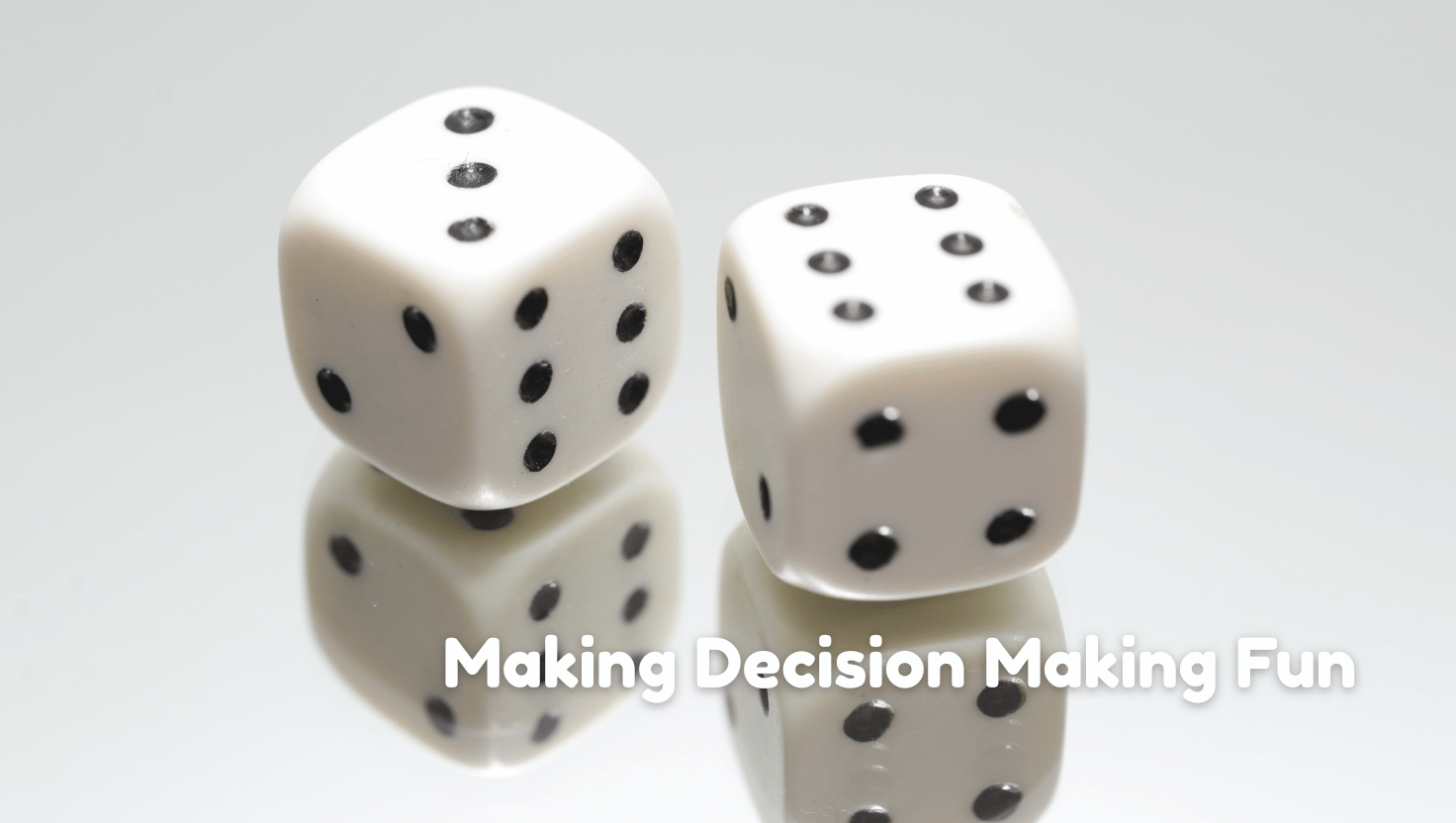Making decisions as a family can sometimes feel like a chore. From choosing what to eat for dinner to deciding on weekend activities or setting screen-time rules, it’s easy for these moments to cause tension or turn into power struggles. But decision-making doesn’t have to be stiff or stressful. When approached with creativity and a spirit of togetherness, it can become an enjoyable way to bond, laugh, and discover more about each other. Transforming decisions into interactive experiences can help create stronger communication habits and reduce conflict. Instead of dreading the next family choice, everyone might start to look forward to it.
Making Randomness Part of the Routine
One of the easiest ways to bring fun into decision-making is by introducing randomness. This keeps things fresh, removes pressure, and allows everyone to accept the outcome with a sense of play. A simple dice roller can make even the smallest choices feel exciting. Whether you’re deciding who does the dishes or picking a movie to watch, using dice online adds a sense of chance that feels fair and entertaining. Children especially love the anticipation of a roll and the suspense that builds just before the final number shows up. It turns everyday options into an event. There’s also the bonus of keeping arguments at bay since the decision comes down to a roll rather than a debate. This method works beautifully for tasks, rewards, or even determining turn order during games or chores.
Voting with a Twist
Traditional family votes can sometimes lead to the same dominant voices being heard more than others. To balance things out and increase engagement, try turning voting into a game. Everyone gets a certain number of “votes” in the form of tokens or paper slips. These can be placed anonymously in jars or bowls labeled with different choices. If there’s a tie, spin a wheel or use the dice roller again to break it. This method builds anticipation and allows younger kids to participate without the pressure of speaking up directly. Over time, children begin to appreciate their role in collective decisions and learn to respect outcomes, even when their choice doesn’t win.
Decision Jars for Regular Choices
Some decisions come up all the time, what to make for dinner, which board game to play, or what family activity to do on a Saturday. Instead of revisiting the same conversation again and again, families can create themed jars filled with pre-written ideas. Each time a decision is needed, pull a slip from the jar. When everyone contributes to filling the jars, there’s a greater sense of shared ownership. It’s also a clever way to introduce new ideas without lengthy debates. Families can rotate entries out or add seasonal suggestions. With time, the jar becomes a treasure trove of collective creativity.
Character Challenges and Role Play
Injecting imagination into decision-making is a great way to make it less rigid and more interactive. Assign each family member a character or “persona” for certain decisions, a pirate captain choosing dinner, a secret agent setting the bedtime routine, or a zookeeper planning the weekend outing. Using character voices and playful storytelling makes it easier for everyone to express opinions without stress. It often brings out unexpected suggestions and makes serious decisions feel lighter. For kids, this method blurs the line between fun and responsibility, making them more willing participants in family life.
Spinning the Wheel of Choice
Creating a custom wheel of choices can be a visual and dynamic way to involve everyone. With sections for chores, fun activities, or rewards, the wheel becomes a tool of excitement. Whether it’s a DIY cardboard version or a digital one, spinning the wheel adds energy to the moment. The unpredictability removes favoritism and builds a sense of fairness. It’s especially helpful for routines that need regular rotation, like who gets the front seat or what dessert to have after dinner. As an added benefit, building the wheel together can be a craft activity all on its own.

Story-Based Decisions
Narratives are a powerful tool. Turning decisions into mini-stories gives context and emotional connection to choices. If a family is deciding whether to go hiking or have a picnic, they can imagine they’re characters in a tale who must choose a path to complete their mission. When options are framed as parts of a larger adventure, it becomes less about “getting your way” and more about shaping the story together. This method can be especially helpful when transitioning into new routines or dealing with resistance. Children often find it easier to adapt when their role in a decision feels meaningful and imaginative.
Family Council with Rotating Roles
Establishing a regular “family council” can bring structure to shared decision-making. Set a weekly or bi-weekly time for everyone to come together and talk through choices, from budgeting decisions to vacation ideas. To keep it from becoming dull, assign rotating roles: leader, timekeeper, recorder, and mood manager. Even younger kids can take on simplified versions of these jobs. By changing roles, each family member gains a better understanding of different perspectives. This encourages empathy, listening, and thoughtful participation. It also models how decisions are made collaboratively in teams, schools, and communities outside the home.
Turning decision-making into a family activity can reshape how choices are made and how family members relate to one another. By using tools like dice, storytelling, voting games, and character challenges, what once felt like a routine task becomes a chance to share laughter and learn cooperation. When decisions feel inclusive, interactive, and a little unexpected, they lose their edge and become something the whole family can look forward to. Over time, these small adjustments can build stronger communication habits and help children grow into confident, considerate decision-makers. What begins as play often ends up teaching life skills in the most natural way.




